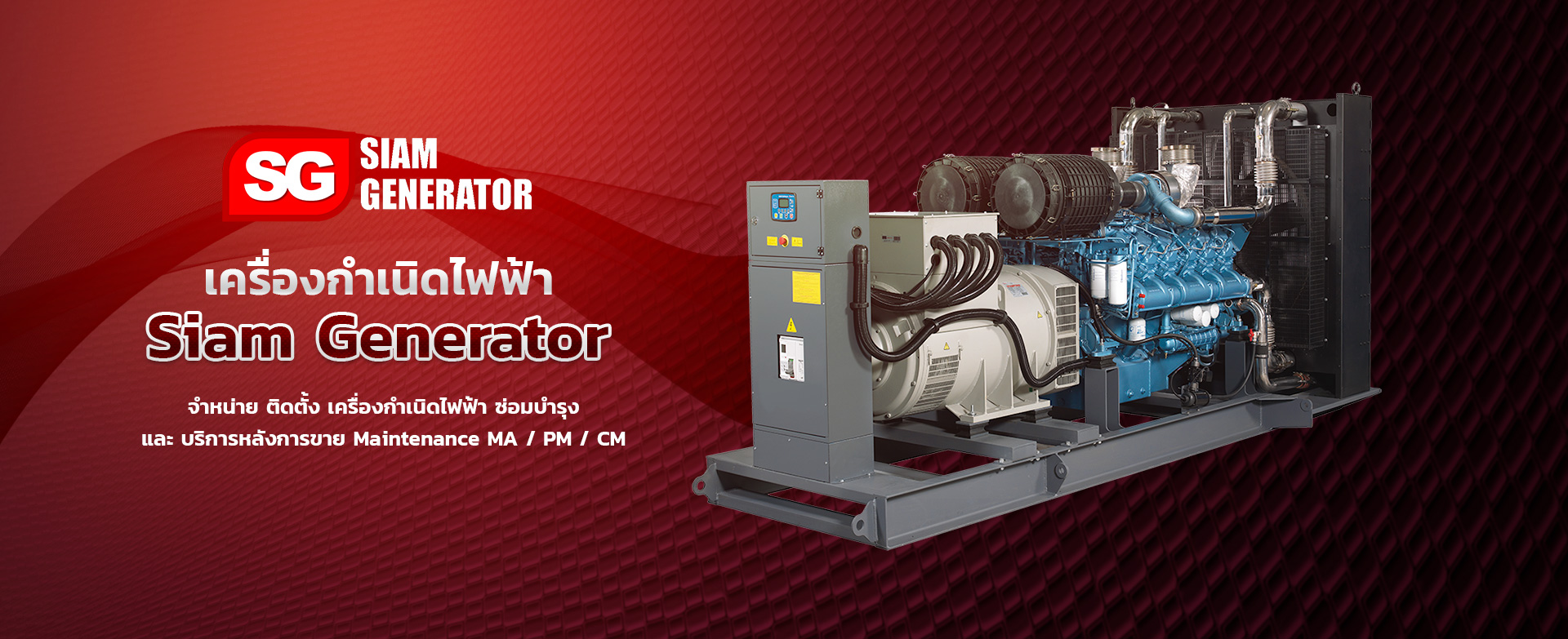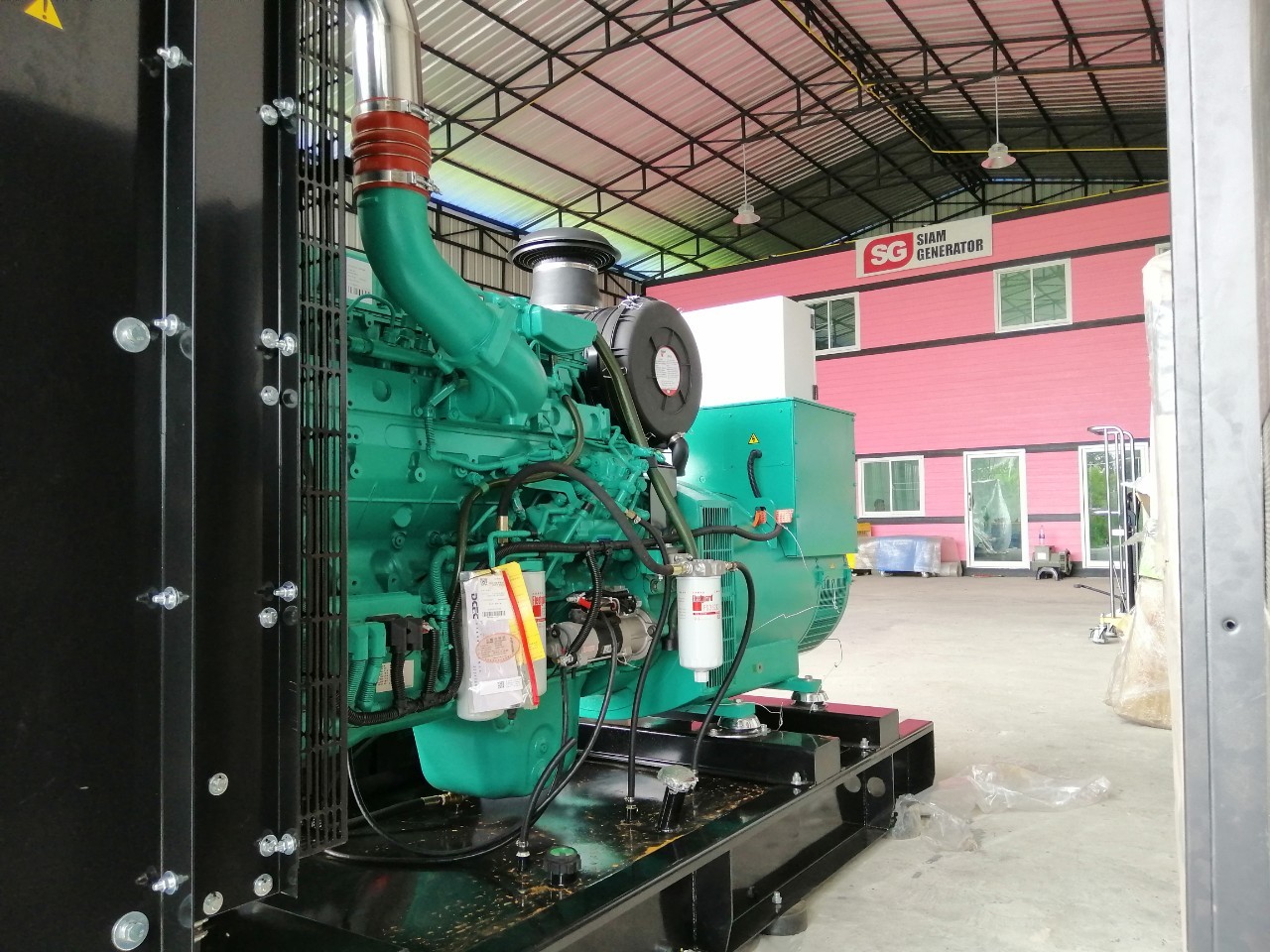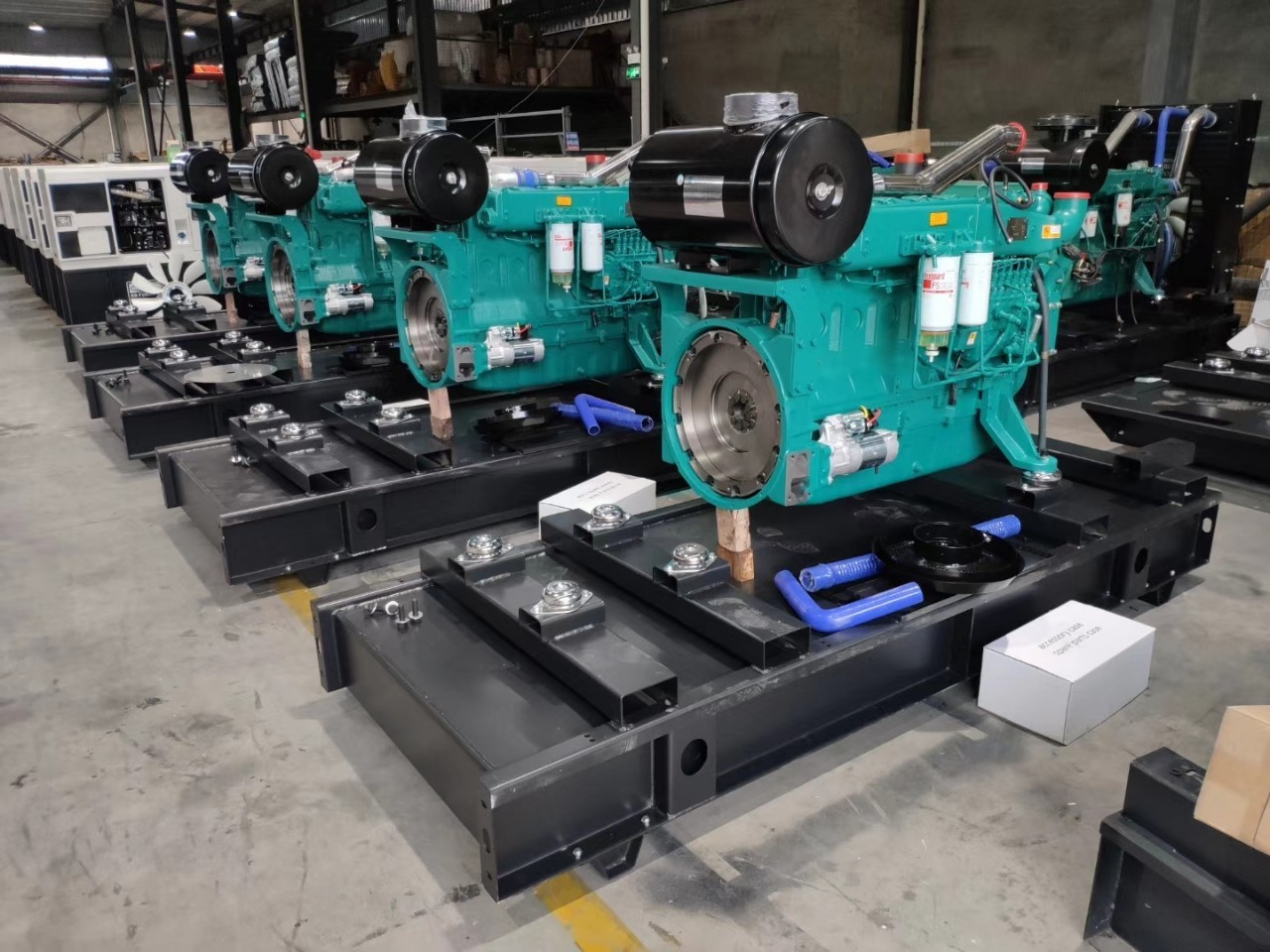เว็บไซต์นี้ใช้คุกกี้ในการเก็บข้อมูลการใช้งาน เพื่อให้คุณได้รับประสบการณ์ที่ดี หากคุณใช้งานเว็บไซต์ต่อ เราถือว่าคุณยอมรับการใช้งานคุกกี้ และนโยบายความเป็นส่วนตัว แต่ถ้าคุณไม่ต้องการให้ใช้คุกกี้ในการเก็บข้อมูล กรุณาคลิก รายละเอียดเพิ่มเติม
เมื่อท่านได้เข้าสู่เว็บไซต์ของเรา ข้อมูลที่เกี่ยวข้องกับการเข้าสู่เว็ปไซต์ของท่าน จะถูกเก็บเอาไว้ในรูปแบบของคุกกี้ โดยนโยบายคุกกี้นี้จะอธิบายถึงความหมาย การทำงาน วัตถุประสงค์รวมถึงการลบ และการปฏิเสธการเก็บคุกกี้ เพื่อความเป็นส่วนตัวของท่านโดยการเข้าสู่เว็บไซต์นี้ ถือว่าท่านได้อนุญาตให้เราใช้คุกกี้ตามนโยบายคุกกี้ ที่มีรายละเอียดดังต่อไปนี้
คุกกี้ คือ ไฟล์เล็กๆเพื่อจัดเก็บข้อมูล โดยจะบันทึกลงไปในอุปกรณ์คอมพิวเตอร์ และ/หรือ เครื่องมือสื่อสารที่เข้าใช้งานของท่าน เช่น แท็บเล็ต, สมาร์ทโฟนผ่านทางเว็บเบราว์เซอร์ ในขณะที่ท่านเข้าสู่เว็บไซต์ของเรา โดยคุกกี้จะไม่ก่อให้เกิดอันตรายต่ออุปกรณ์คอมพิวเตอร์ และ/หรือ เครื่องมือสื่อสารของท่านในกรณีดังต่อไปนี้ ข้อมูลส่วนบุคคลของท่านอาจถูกจัดเก็บ เพื่อใช้เพิ่มประสบการณ์การใช้งานบริการของเราทางออนไลน์ โดยจะจำเอกลักษณ์ของภาษา และปรับแต่งข้อมูลการใช้งานตามความต้องการของท่าน โดยการเก็บข้อมูลนี้ เพื่อเป็นการยืนยันคุณลักษณะเฉพาะตัว ข้อมูลความปลอดภัยของท่านรวมถึงสินค้า และบริการที่ท่านสนใจนอกจากนี้ คุกกี้ยังถูกใช้เพื่อวัดปริมาณการเข้าใช้งานบริการทางออนไลน์ การปรับเปลี่ยนเนื้อหาตามการใช้งานของท่านทั้งในก่อนหน้า และปัจจุบันหรือเพื่อวัตถุประสงค์ในการโฆษณาและประชาสัมพันธ์
เราใช้คุกกี้เพื่อเพิ่มประสบการณ์ และความพึงพอใจของท่าน โดยจะทำให้เราเข้าใจลักษณะการใช้งานเว็บไซต์ของท่านได้เร็ว และทำให้เว็บไซต์ของเราเข้าถึงได้ง่ายสะดวกยิ่งขึ้น บางกรณีเราจำเป็นต้องให้บุคคลที่สามดำเนินการ ซึ่งอาจจะต้องใช้อินเตอร์เน็ตโปรโตคอลแอดเดรส (IP Address) และคุกกี้เพื่อวิเคราะห์ทางสถิติ ตลอดจนเชื่อมโยงข้อมูล และประมวลผลตามวัตถุประสงค์ทางการตลาด
| ประเภทของคุกกี้ | รายละเอียด | ตัวอย่าง |
|---|---|---|
| คุกกี้ประเภทจำเป็นถาวร | คุกกี้ประเภทนี้ช่วยให้ประสบการณ์การใช้เว็บไซต์ของท่านเป็นไปอย่างต่อเนื่องเช่น การจดจำการเข้าสู่ระบบ, การจดจำข้อมูลที่ท่านให้ไว้บนเว็บไซต์ |
|
| คุกกี้ประเภทการวิเคราะห์ และวัดผลการทำงาน | คุกกี้ประเภทนี้ช่วยให้เราสามารถวัดผลการทำงาน เช่นการประมวลจำนวนหน้าที่ท่านเข้าใช้งานจำนวนลักษณะเฉพาะของกลุ่มผู้ใช้งานนั้นๆ โดยข้อมูลดังกล่าวจะนำมาใช้ในการวิเคราะห์รูปแบบพฤติกรรมของผู้ใช้งาน |
|
| คุกกี้เพื่อการโฆษณา | คุกกี้ประเภทนี้จะถูกบันทึกบนอุปกรณ์ของท่าน เพื่อเก็บข้อมูลการเข้าใช้งาน และลิงก์ที่ท่านได้เยี่ยมชม และติดตามนอกจากนี้คุกกี้จากบุคคลที่สาม อาจใช้ข้อมูลที่มีการส่งต่อข่าวสารในสื่อออนไลน์ และเนื้อหาที่จัดเก็บจากการให้บริการเพื่อเข้าใจความต้องการของผู้ใช้งาน โดยมีวัตถุประสงค์ในการปรับแต่งเว็บไซต์แคมเปญโฆษณา ให้เหมาะสมกับความสนใจของท่าน |
|
| คุกกี้ประเภทการทำงาน | คุกกี้ประเภทนี้จะช่วยอำนวยความสะดวก เมื่อท่านกลับเข้ามาใช้งานเว็บไซต์อีกครั้ง โดยเราจะใช้ข้อมูลเพื่อปรับแต่งเว็บไซต์ตามลักษณะการใช้งานของท่าน |
|
ท่านสามารถลบ และปฏิเสธการเก็บคุกกี้ได้ โดยศึกษาตามวิธีการที่ระบุในแต่ละเว็บเบราว์เซอร์ที่ท่านใช้งานอยู่ตามลิงก์ดังนี้ (ข้อมูล ณ วันที่ 12 พฤศจิกายน 2561)
นโยบายคุกกี้นี้อาจมีการปรับปรุงแก้ไขตามโอกาส เพื่อให้เป็นไปตามกฎระเบียบ ดังนั้นเราขอแนะนำให้ท่านตรวจสอบให้แน่ใจว่า ท่านได้เข้าใจการเปลี่ยนแปลงตามข้อกำหนดดังกล่าว


Sizing and how to size the desired generator.
Choosing a Generator
Generators are heavy duty machines because they are constantly operating at high loads throughout their use. And a high-priced machine We need to make the right choice and take into account a number of factors in order to get the best value for money. In order to use it for many decades.
Choose the right generator size for your needs.
The generator size selection must be based on the total load electrical power requirements. Which should allow for the need for future expansion as well This is because increasing the size will be difficult and cost more than the initial allowance. Starting from the installation space that may be limited Most of the devices in use that have to be replaced if they are enlarged. Generating parallelism is also possible, but it is more costly and cumbersome.
Beginning with the study of the required load size, the maximum required current is required for each phase, how many amps, how much power factor does each phase have, the same maximum current? While the power factor inrush current is how much? To be used to calculate the size of the engine and the dynamo that is suitable for use. In general, we use an average Power Factor of 0.8 to determine the size of the engines and dynamos that make up the whole generator. If your work has a large power factor deviation from 0.8, the engine or dynamo may need to be scaled to suit the application.
Consider the total electricity cost (watts) or (KVA) you need to ensure and secure your purchase. Therefore, safety factor * has to be taken into account, such as safety allowance.
- Small / medium size, used in farms Used at the household level As a backup power source Used in construction sites Used in welding work, etc. (Small size about 1-20 KVA, medium size about 20-50 KVA)
- Large used in industrial, hotels, factories, etc. (about 50-100KVA or more)
- Prime Rating refers to the energy that the generator can afford. With maximum values not exceeding the values in the table And the load has to be adjusted up and down with an average of 80% of the Prime Rating (usually for safety factor, government engineers in Thailand will use Prime Power in selecting a generator. Without using at the maximum power that the machine can load in sizing)
- Standby Rating refers to the maximum power the generator can provide for no more than 1 hour every 12 hours.
The dynamo is capable of withstanding approximately 300% of the motor start-up current for a short period of specification. Usually, we set the generator output voltage at 230 volts per phase or 400 volts Line-to-Line to allow voltage drop in the line to the load.
How to determine the size you want
1.Choosing between single-phase, three-phase, kW, KVA, standby or stepper motor.
2. Changes in generator size: With the latest advances in electrical engineering, generators are now available in different sizes. Generators capable of delivering power from 5kW to 50kW are easily available in the market for personal use. And indoors.While industrial generators are anywhere from 50kW to more than 3 MW, handy and portable generators are available for homes, RVs and small offices. But larger businesses, data centers, factory buildings and industrial applications require much larger industrial generators to meet higher power demands.
3.Generator size How much power
How to determine the right engine or generator sizing : While there is no substitute for having a certified electrician do all the checks and calculations for you. But the guidelines below have a good starting point, and should at least get you started in the right direction:
Before making a choice You can do it in the following ways:
1. Make a list of items that need power from a generator.
2. Make a note of the initial power and running power of the respective item.
3. Calculate total power demand in KVA or KW.
How to Find Starting and Working Power: The correct starting and operating power of the equipment you want to power is essential for accurate power demand calculations.
Ampere - Watt Conversion: Often you may find the power requirements of an instrument listed in amperes. To convert your instrument's power requirement from amperes to watts, follow these calculations.
For resistive loads: watts = amperes x volts.
For reactive load: Watts = (amperes x Volts) x Load Factor.
Energy requirement chart The initial wattage and power are different, and each device has specific requirements.
Different Calculation Methods: Depending on the type and number of devices and how a generator is assigned, there are several methods for calculating power requirements.
- A single motor works
- multiple motors running simultaneously
- no electric motor
The advantages of choosing the right size generator
- No unexpected system failures
- No shutdown due to overload capacity.
- Increase the service life of the generator
- Guaranteed performance
- smoother maintenance without hassle
- Increased system service life
- Ensure personal safety
- The chance of damage is much less
Choose a quality engine.
An emergency generator or uninterruptible power supply must always be supplied in an emergency. The power engine is the most important factor that determines the quality of the entire generator. It is a power generator that burns, fuel, heat, wears, and thousands of parts work together. The chances of problems are high, if one of the parts is not of quality, it will stop the whole system. If you make a mistake The fix is almost always having to buy a whole new set. Because the engine is the most valuable part in the generator set.
The generator has a lifespan of decades. A higher quality branded power engine may cost some more than a lower quality engine. But we often find that a price difference of just 10% can lead to a greater reduction in quality than the price drop. Standby-enabled generators may not seem very usable. But when you want to use it The engine must be able to bear high loads for a long time. All the time when the power goes out We must ensure that the unit is able to provide uninterrupted power whenever it is needed. The damage from the failure of the machine when the power is cut off can be several times higher than the price difference. For example in hospitals where the lives of many patients depend on the quality of the generator during a power outage. Or chemical factories where the production line cannot be stopped or the Data Center that cannot power outages
Getting a generator that can handle your power generation needs is one of the most important aspects of purchasing decisions. Whether you're interested in prime or standby power, if your new generator fails to meet your specific needs, it won't do any good for anyone, as it can cause improper stress on the unit and It can even damage some of the devices that are connected to it. Unfortunately determining the size of the generator to be received is often very difficult and involves a number of factors and considerations.
Powered by Froala Editor
Powered by Froala Editor





 Copyright © 2020 Siam Generator Co.Ltd.
Copyright © 2020 Siam Generator Co.Ltd.